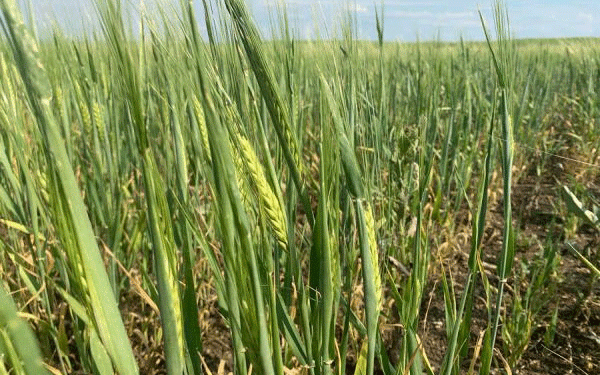The 2024 harvest season in Haakassia has been a stark reminder of the vulnerabilities within agricultural systems, exacerbated by extreme weather events. According to the Ministry of Agriculture of the Republic of Haakassia, the region completed its harvesting campaign on October 31, but not without significant challenges.
Farmers in Haakassia experienced severe disruptions due to a lack of precipitation in the southern regions during June and July, leading to the abandonment of certain crops in the Beisky District. Meanwhile, the northern districts suffered from heavy rains that began just before the harvest, resulting in substantial crop lodging, particularly among wheat crops. In response to these challenges, emergency measures were declared in the Shirinsky and Ordzhonikidzevsky districts.
The overall average yield for grain crops in Haakassia plummeted to 16 quintals per hectare, compared to 21 quintals per hectare in the previous year. Consequently, the total grain harvest amounted to 133,000 tons, a significant drop from previous outputs. Specifically, wheat production decreased from 122,800 tons in 2023 to 79,600 tons in 2024. Alarmingly, almost 80% of the wheat harvested this year has been classified as feed grade, underscoring the impact of weather on grain quality.
Other crops also suffered declines in yield compared to last year:
- Barley: 8,700 tons (down from 9,600 tons)
- Oats: 38,600 tons (down from 54,800 tons)
- Buckwheat: 6,300 tons (down from 7,100 tons)
- Flax: 3,800 tons (up from 1,500 tons)
- Rapeseed: 13,600 tons (down from 15,800 tons)
- Vegetables: 7,300 tons (slightly down from 7,400 tons)
- Potatoes: 2,200 tons (down from 3,600 tons)
These statistics highlight a concerning trend of decreasing yields across many crops, which may have long-term implications for food security and the livelihoods of farmers in the region.
The 2024 harvest in Haakassia serves as a critical case study in the impacts of extreme weather on agriculture. With declining yields and quality issues, it is essential for farmers, agronomists, and agricultural engineers to collaborate on innovative solutions and strategies to adapt to these changing climatic conditions. Implementing better water management practices, investing in drought-resistant crop varieties, and utilizing precision agriculture technologies may provide pathways to mitigate the effects of such adversities in the future.
Error





